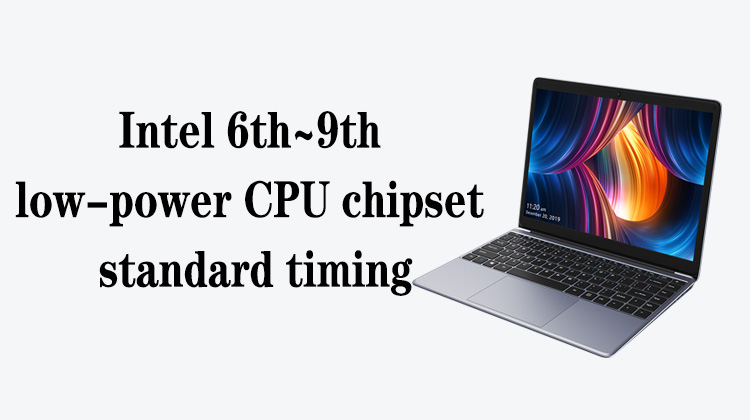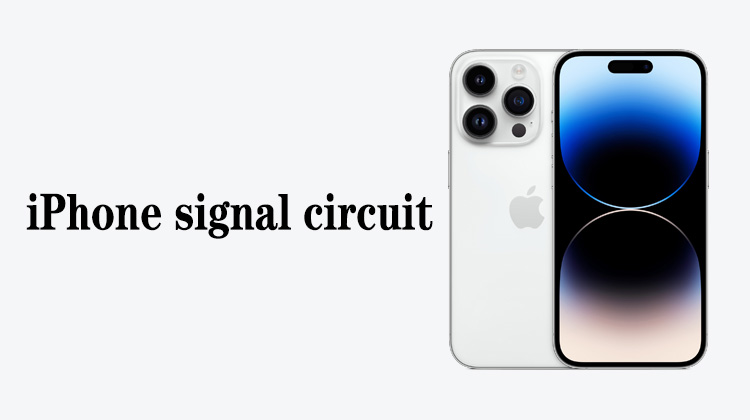1
00:00:01,700 --> 00:00:07,400
This lesson talks about the related circuits of the speakers of the HiSilicon platform
2
00:00:07,900 --> 00:00:12,200
In the circuit of this speaker, let's take a look at the components
3
00:00:14,566 --> 00:00:17,866
The one on the right is J3701
4
00:00:18,366 --> 00:00:23,333
The speaker is connected to the socket J3701 through a flat cable
5
00:00:26,533 --> 00:00:33,300
This is a small audio, usually called an audio power amplifier, also called a ringtone amplifier chip
6
00:00:33,800 --> 00:00:39,433
Its English is mostly SMARTPA on Android phones, and PA is the power amplifier
7
00:00:43,633 --> 00:00:47,400
This speaker is primarily driven by a small audio
8
00:00:48,800 --> 00:00:50,966
Look at the main audio chip
9
00:00:52,266 --> 00:00:58,966
The main audio chip is also called big audio, it is identified as CODEC or CDC in the drawings
10
00:01:01,400 --> 00:01:06,300
The CPU is a main chip that converts and controls these sound signals
11
00:01:09,300 --> 00:01:14,833
The main components related to the sound circuit in this circuit are these four components
12
00:01:16,100 --> 00:01:18,566
How does the speaker make sound?
13
00:01:21,133 --> 00:01:25,600
For example, if we want to play music, the CPU controls the program,
14
00:01:25,600 --> 00:01:29,533
and transmits the Internet data to the main audio through the bus
15
00:01:33,033 --> 00:01:35,700
The main audio decodes the sound signal,
16
00:01:36,200 --> 00:01:40,166
and finally gives the small audio through the I2S bus
17
00:01:42,533 --> 00:01:48,633
This I2S bus belongs to a digital signal, and this digital signal is a source of sound
18
00:01:49,500 --> 00:01:56,100
Then small audio internal conversion from digital to analog circuit, and then power amplification
19
00:01:58,300 --> 00:02:04,533
After the power is amplified, the sound signal is output to drive the speaker connected to the seat
20
00:02:06,400 --> 00:02:11,466
In this way, the speaker can produce sound when there is no problem with itself
21
00:02:12,266 --> 00:02:15,166
This is the general flow of how it works
22
00:02:15,833 --> 00:02:19,033
In this circuit, we can know that there are four
23
00:02:20,066 --> 00:02:23,100
When we check the line, we also start from the speaker,
24
00:02:23,666 --> 00:02:27,500
and then look for the line from the speaker seat to the small audio
25
00:02:30,200 --> 00:02:32,433
This is a frame diagram
26
00:02:32,800 --> 00:02:38,400
In fact, there are not only these two signals on the circuit from the small audio to the speaker,
27
00:02:38,733 --> 00:02:40,700
but also the detection signal
28
00:02:41,533 --> 00:02:44,733
Small audio also has its own working conditions,
29
00:02:44,733 --> 00:02:49,833
including power supply, clock, reset, boost circuit, and bus circuit
30
00:02:50,500 --> 00:02:54,300
The bus is just a transmission channel for sound signals
31
00:02:58,333 --> 00:03:04,600
The power amplifier needs to perform a series of processing on this sound signal, and then amplify it
32
00:03:05,133 --> 00:03:09,466
After amplifying, the output sound signal pushes the speaker
33
00:03:10,100 --> 00:03:13,366
The main audio mainly plays a role of transit
34
00:03:14,933 --> 00:03:19,866
Sometimes in Huawei P40 maintenance, the recording cannot be recorded,
35
00:03:20,533 --> 00:03:23,933
and the other party cannot hear the sound when making a call,
36
00:03:23,933 --> 00:03:26,200
and there is no sound from the speaker
37
00:03:26,733 --> 00:03:30,600
At this time, we have to consider the failure of the main audio,
38
00:03:30,600 --> 00:03:32,866
because both of them are related to it
39
00:03:33,533 --> 00:03:38,500
If the recording is normal or the other party can hear the sound when making a call,
40
00:03:39,100 --> 00:03:44,100
but there is no sound from the speaker, or there is no sound when the hands-free is turned on,
41
00:03:44,100 --> 00:03:46,533
and there is no sound when playing music
42
00:03:48,133 --> 00:03:54,366
At this time, it is necessary to consider the relevant circuits from the small audio to the speaker,
43
00:03:54,866 --> 00:03:58,066
and the CPU is generally not considered
44
00:03:58,500 --> 00:04:02,700
If there is no sound at all, we need to remove the large audio,
45
00:04:03,133 --> 00:04:08,700
and measure whether there is any problem with the related bus from the large audio to the CPU,
46
00:04:08,700 --> 00:04:13,133
or whether there is any problem with the working conditions of the large audio
47
00:04:13,833 --> 00:04:17,466
This is the relevant circuit of the P40 speaker
48
00:04:17,733 --> 00:04:19,533
That's all for this lesson






